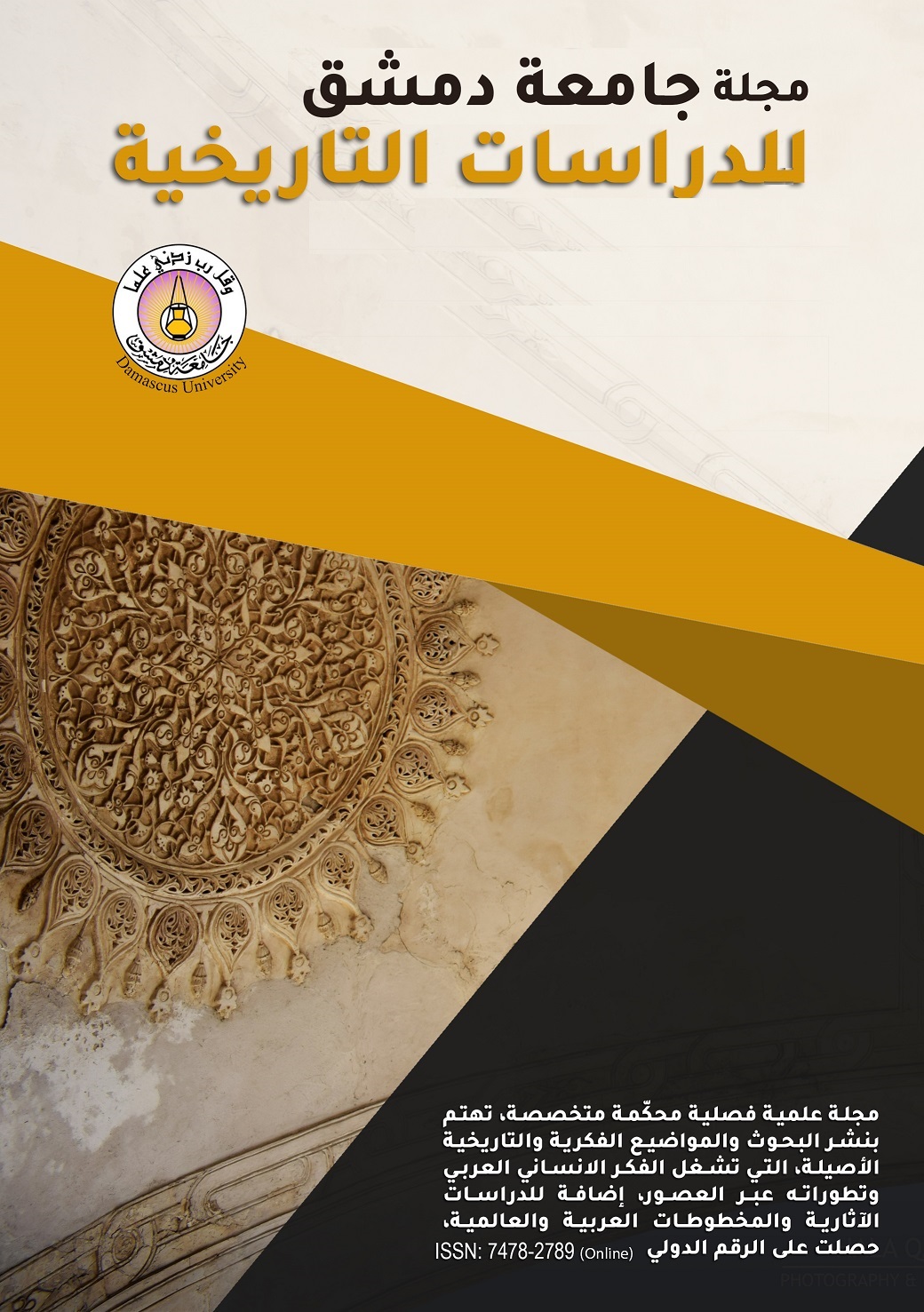مكتبة الملك الآشوري آشور بانيبال (668-627 ق.م) في نينوى "نظام الحفظ والفهرسة، والنسخ"
الكلمات المفتاحية:
مكتبة، نينوى، آشور بانيبال، الحفظ، الفهرسة، النسخ، التذييلاتالملخص
تُعد المكتبات من أبرز السمات الحضارية في تاريخ بلاد الرافدين والشرق الأدنى القديم عموماً. فمنذ أن عرف الإنسان الكتابة بدأت تتشكل الملامح الأولى للمكتبات من خلال حفظ ألواح الكتابة على شكل أرشيفات في المعابد والقصور وبذلك أخذت تتطور أنظمة الحفظ والفهرسة في تلك المكتبات لدرجة أنها أصبحت تتشابه-في كثير من خطوطها الرئيسة-مع أنظمة الحفظ والفهرسة في مكتبات العصر الحالي. توازى ذلك مع تطور في مجال النسخ والترجمة. وتعد مكتبة الملك الآشوري آشور بانيبال (668-627 ق.م) في نينوى القائمة في قصره الشمالي خير مثال على تطور هذه الأنظمة. ومن خلالها تم الحفاظ على تراث بلاد الرافدين الثقافي الذي وصل إلينا -من خلال محتويات هذه المكتبة التي بلغ تعدادها نحو خمسة وعشرين ألف لوح طيني وكِسرة على أقل تقدير-شملت مختلف فروع العلم والمعرفة آنذاك فضلاً عما يتعلق بالحياة السياسية والإدارية والعسكرية الخاصة بالإمبراطورية الآشورية في تلك الفترة.

